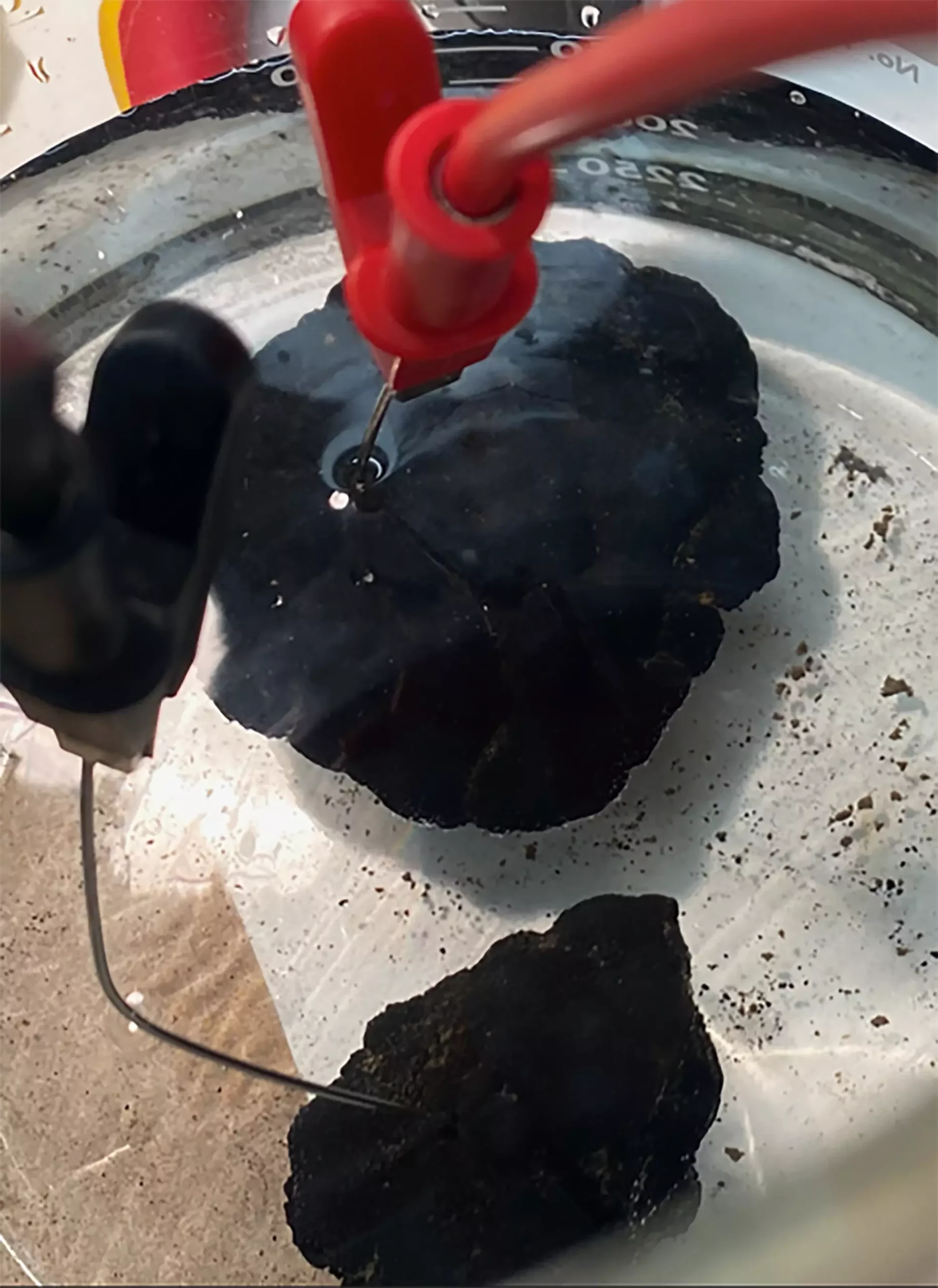An international team of researchers, led by Andrew Sweetman of the Scottish Association for Marine Science (SAMS), recently made a groundbreaking discovery that challenges long-held assumptions about oxygen production on Earth. The study, titled “Evidence of dark oxygen production at the abysmal seafloor,” published in the journal Nature Geoscience, reveals that metallic minerals on the deep-ocean floor, located 13,000 feet below the surface, are capable of generating oxygen. This finding challenges the traditional belief that only photosynthetic organisms, such as plants and algae, are responsible for Earth’s oxygen supply.
At the heart of this discovery are polymetallic nodules, natural mineral deposits found on the ocean floor, that contain metals such as cobalt, nickel, copper, lithium, and manganese. These nodules, ranging in size from tiny particles to the size of a potato, play a crucial role in producing oxygen in the deep sea. The research, co-authored by Northwestern University’s Franz Geiger, highlights the importance of these nodules in sustaining aerobic life forms that thrive in complete darkness at the ocean’s depths.
Geiger emphasizes the need for rethinking deep-sea mining practices to ensure the sustainable extraction of precious elements from polymetallic nodules without depleting the oxygen source for deep-sea life. He warns that large-scale mining activities taking place at depths of 10,000 to 20,000 feet below the surface could have detrimental effects on the fragile ecosystem that relies on the oxygen generated by these nodules. The study urges mining companies to consider the environmental impact of their operations and adopt responsible practices to protect deep-sea habitats.
One of the key findings of the research is the discovery of a natural “geobattery” phenomenon associated with polymetallic nodules on the deep-ocean floor. Geiger’s experiments revealed that these nodules, when clustered together, can produce significant voltages comparable to those of a typical AA battery. This natural electrochemical process, known as seawater electrolysis, plays a vital role in splitting water molecules and generating oxygen in the absence of light. The researchers propose that this geobattery mechanism could be responsible for sustaining dark oxygen production in the deep sea.
As the mining industry continues to expand its operations in the deep sea, it is crucial to consider the environmental implications of extracting polymetallic nodules. Geiger highlights the importance of preserving marine habitats and biodiversity by implementing sustainable mining practices that prioritize ecosystem conservation. The researchers call for further investigations into the long-term impact of deep-sea mining activities on marine life and the ocean’s oxygen production capacity. By integrating ecological concerns into future research and policy decisions, we can safeguard the delicate balance of life in the deep sea.
The discovery of dark oxygen production on the deep-ocean floor presents a paradigm shift in our understanding of Earth’s oxygen cycle. By uncovering the role of metallic minerals in generating oxygen at extreme depths, researchers have opened new avenues for exploring the origins of life and the interconnected nature of our planet’s ecosystems. It is essential to prioritize environmental stewardship and sustainable resource management to protect the fragile ecosystems of the deep sea and ensure the continuity of oxygen production for aerobic life forms.


Leave a Reply